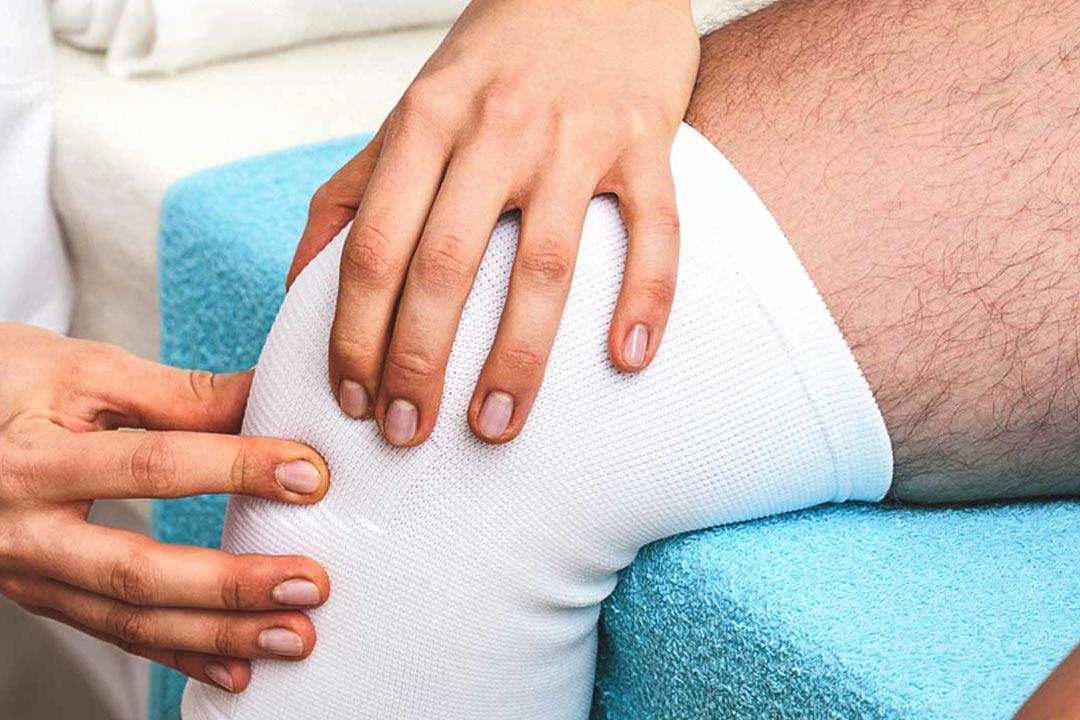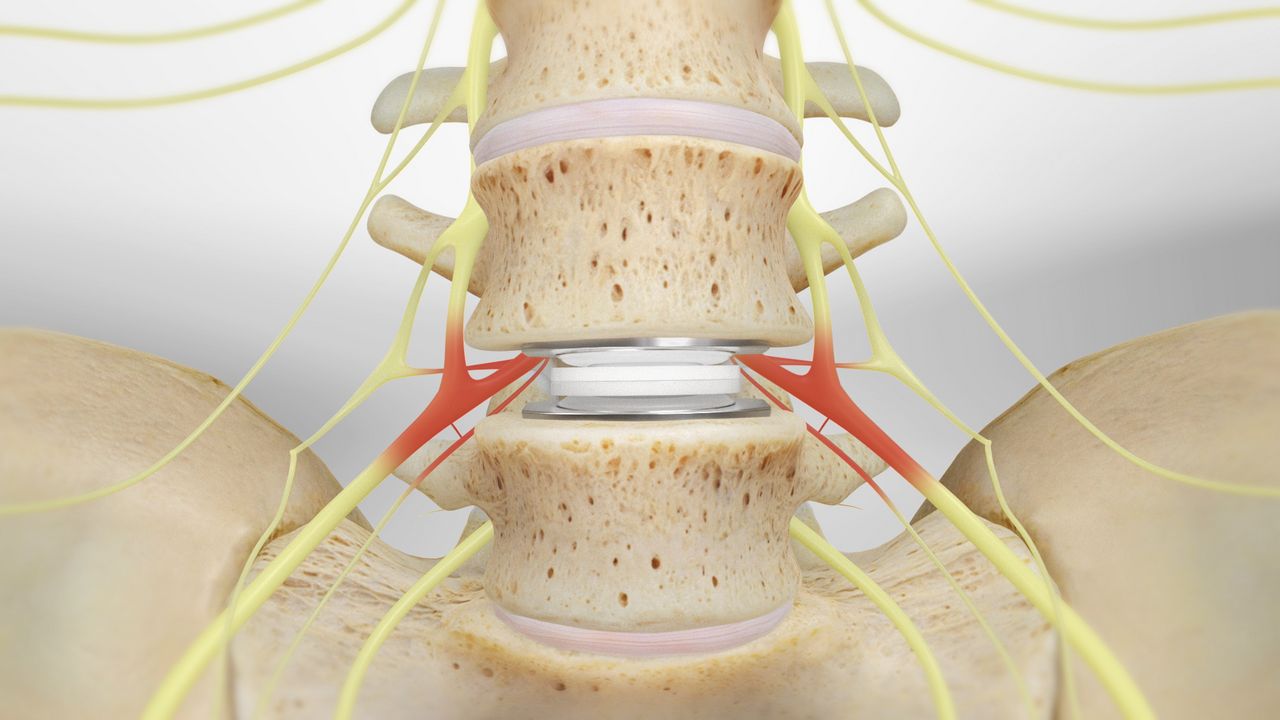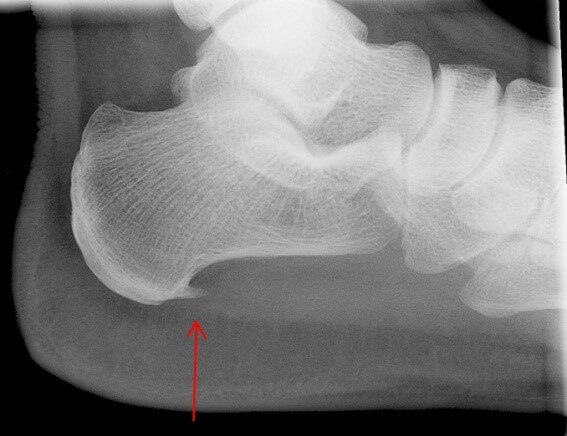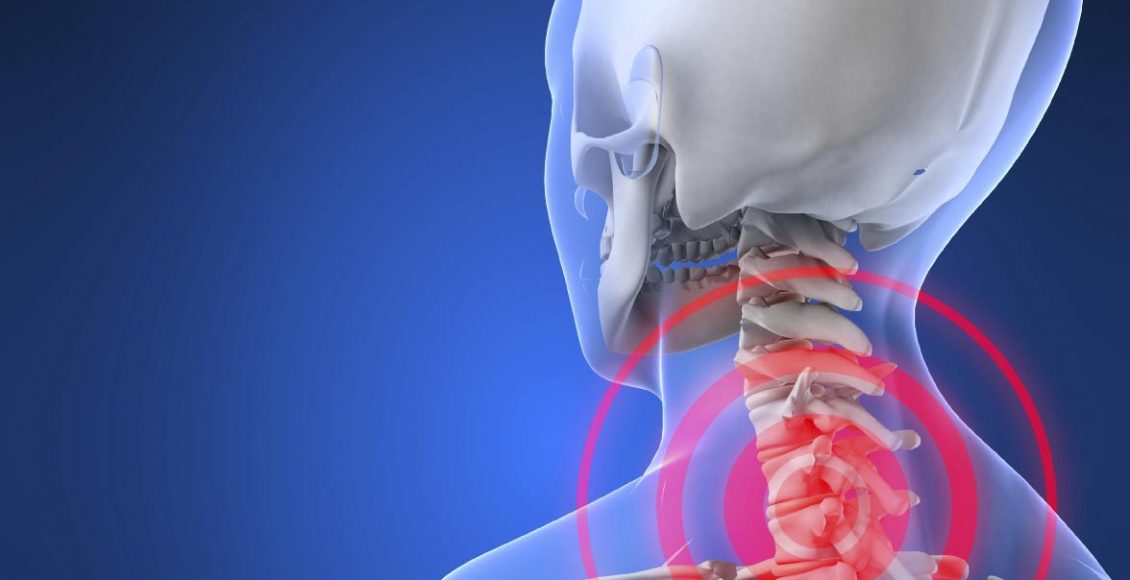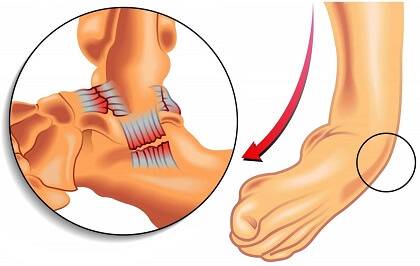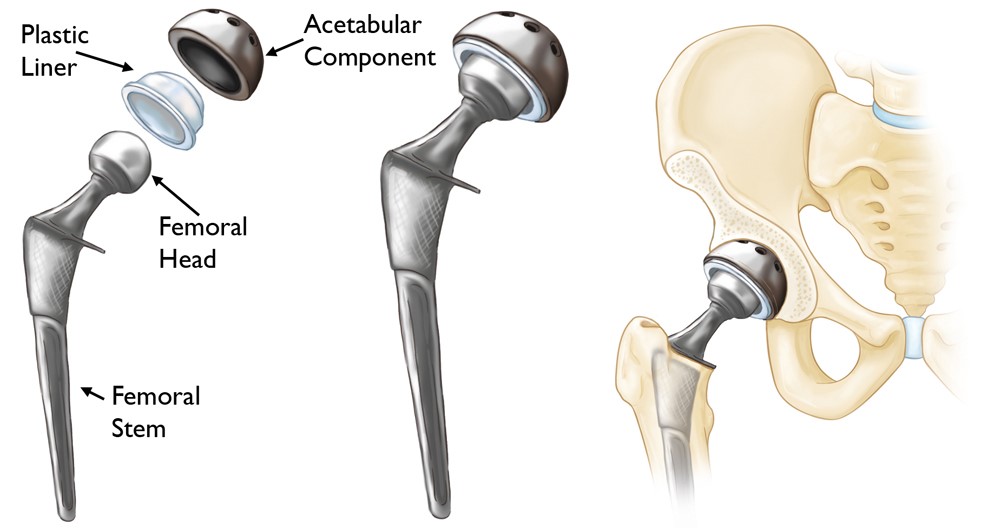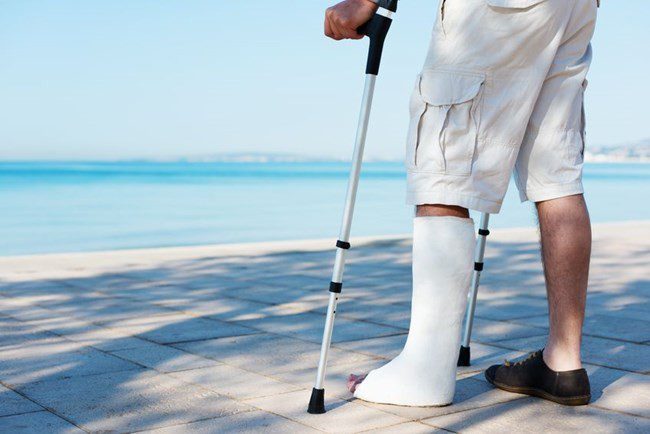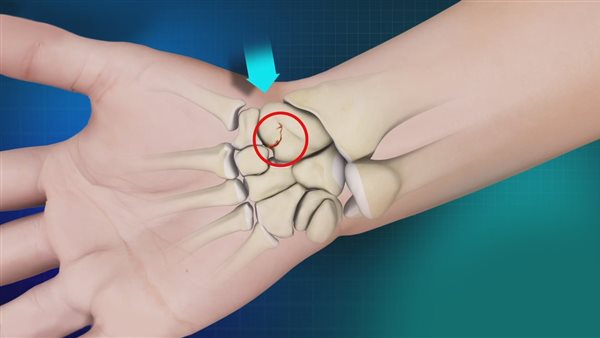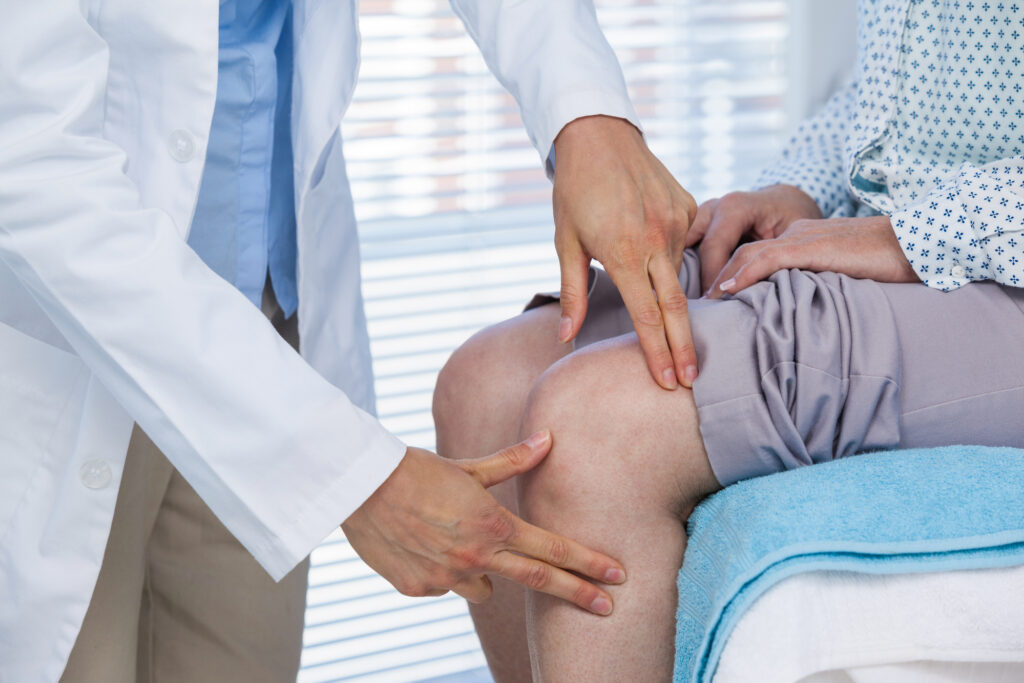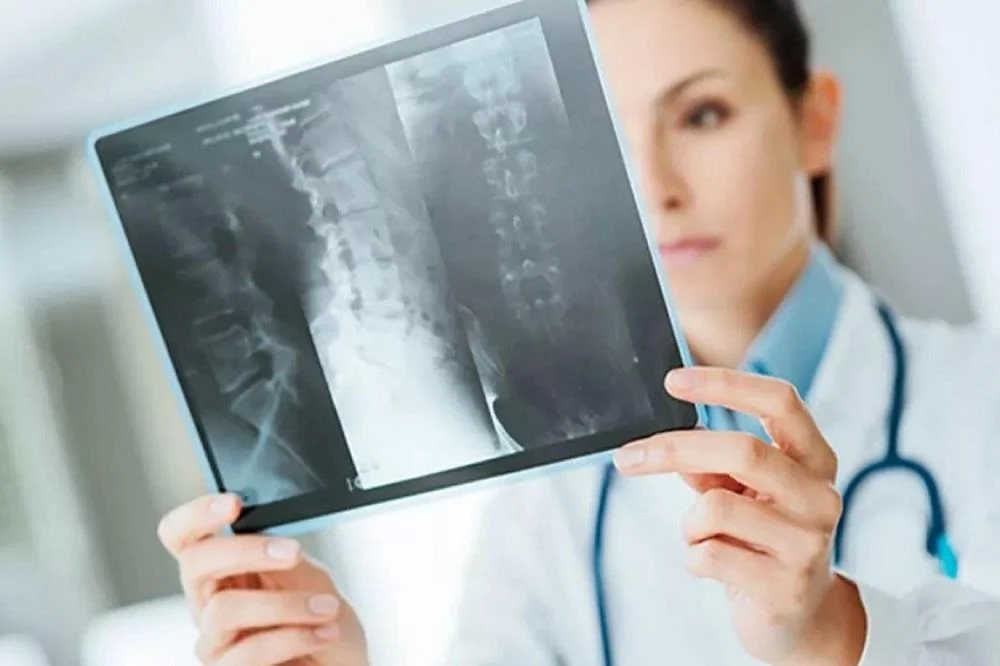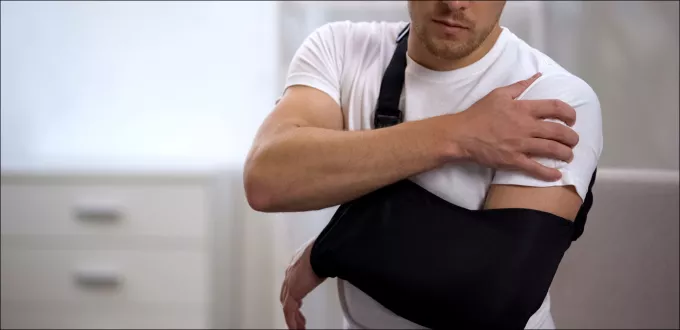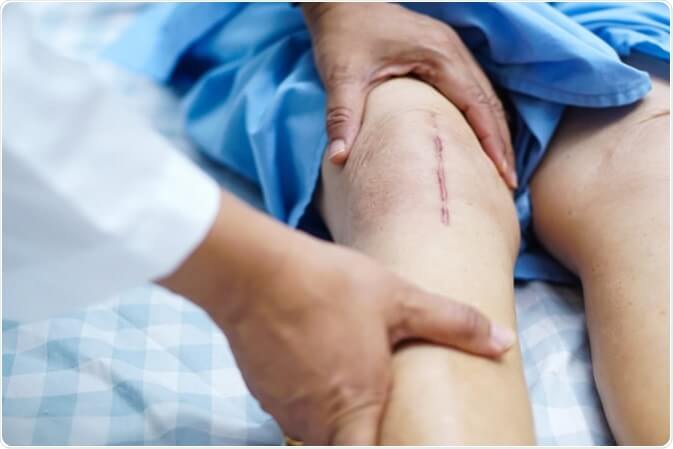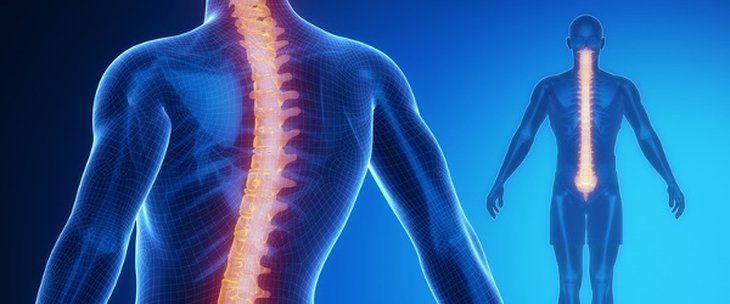Learn more about the cost of spinal fusion surgery and its causes
The Cost of Spinal Fusion Surgery, Certainly, many people suffer from spinal fusion, and some respond to medications, while others may ultimately require surgery. What the patient may be wondering about is the financial cost of the procedure. In this article, we will help you understand the causes of spinal fusion, its main symptoms, suitable treatment methods, and the surgical procedure, as well as the potential risks and expected outcomes. So, stay with us to receive all the latest information.

The Cost of Heel Spur Surgery
“Place your trust in his experienced and skilled hands. Dr. Amr Amal uses the latest techniques and personalized surgical measures to treat heel spurs in the foot, achieving optimal stability and pain relief.”
The cost of heel spur surgery typically ranges from 30,000 to 50,000 Egyptian pounds, and this figure can vary depending on several criteria that significantly affect the price. These criteria include:
- Hospital Facilities: The level of hospital preparation, cleanliness, sterilization practices, and adherence to quality standards.
- Doctor’s Skill and Experience: The doctor’s expertise and the number of years of experience in this type of surgery.
- Type of Surgery: Whether the surgery involves lengthening the plantar fascia alone or requires the removal of part of the heel bone.
What Causes Heel Spurs?
Heel spurs, also known as plantar fasciitis, occur when inflammation develops in the plantar fascia. When a patient applies pressure to their foot during walking or running, it can cause tears in the tissue. Over time, the plantar fascia loses its elasticity and becomes inflamed. This condition can be attributed to one or more of the following causes or symptoms:
- Excess weight.
- Prolonged standing.
- Carrying heavy weights for extended periods.
- Walking, running, or standing on uneven surfaces.
- Sudden increases in physical activity, such as starting a daily walking or running program.
- Choice of footwear, such as wearing high heels for an extended period during the day.
How Do I Know if I Have Heel Spurs?
The symptoms of heel spurs typically manifest as pain in the lower heel or the middle of the bottom of the foot. The pain resulting from heel spurs gradually develops over time. Initially, the pain can be mild or severe, and some individuals may experience a burning or aching sensation in the lower foot that extends to the top of the heel.
Usually, the pain is at its worst in the morning or after resting for an extended period. After engaging in any foot activity or walking for a long time, the pain may increase and develop due to inflammation or increased irritation. Patients often do not feel heel spur symptoms during activity but rather immediately after stopping.
Is There Surgery for Heel Spurs?
Yes, if the doctor attempts various treatment methods with the patient, including physical therapy, exercises, icing, lifestyle changes, or shockwave therapy, and the patient does not respond to treatment, then the optimal solution may be to undergo surgery. We will learn how the surgical procedure is performed in the following sections.

Heel Spur Surgery
“Discover innovative solutions and precise surgical procedures provided by Dr. Amr Amal for treating heel spurs, achieving natural walking, and an active life.”
Heel spur surgery is performed through either traditional open surgery or endoscopy to cut a portion of the heel spur or remove it completely. In most cases, the plantar fascia needs to be detached from the heel to reduce pressure on it, which is a highly effective method for reducing pain in patients who have not responded to other treatments. It can be done through one of the following methods:
- Open Surgery: This procedure may require local or general anesthesia for the patient. It involves making a surgical incision in the skin, approximately 2.5 to 5 cm long, to expose the bone and release the fascia.
- Endoscopic Surgery: This procedure can be performed with local anesthesia or mild sedation. The surgeon makes two small incisions, each no longer than 1 cm, at the bottom of the heel. The doctor inserts the camera through one of the openings and the small scalpel through the other to perform the procedure.
Risks of Heel Spur Surgery
Heel spur surgery, like other surgical procedures, can have some risks and complications, including:
- The effects of anesthesia during the procedure.
- In rare cases, the pain may return worse than before.
- Possible nerve damage and the development of tarsal tunnel syndrome.
- The possibility of developing a benign tumor of nerve cells and fibers, causing pain in the heel area.
- Risk of microbial infection as a result of the procedure, which hinders recovery, wound healing, and a return to normal life.
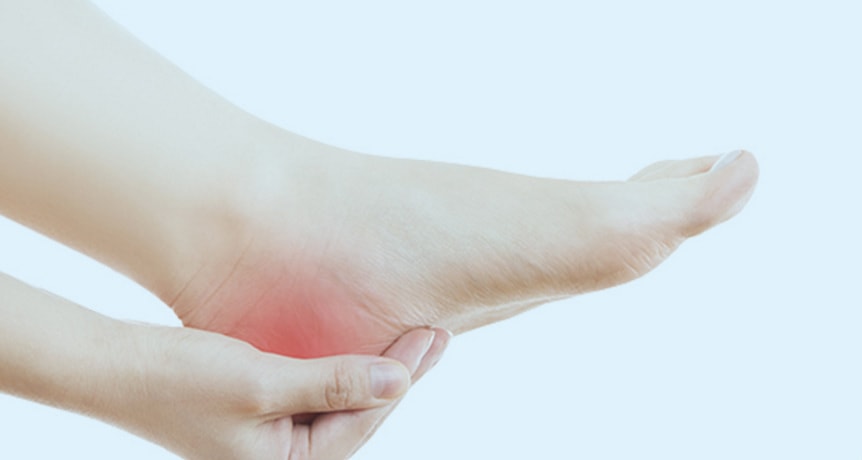
Best Doctor for Heel Spur Surgery
Heel spur surgery is a delicate procedure that requires skill, competence, and significant experience from the performing doctor. It’s essential to choose a surgeon with ample expertise in this field and this type of procedure. One of the top doctors we recommend for you to consider is Dr. Amr Amal, a consultant in orthopedic and joint surgery at Ain Shams University and a faculty member at Ain Shams University. He is known for his excellent patient care and attentiveness to their complaints, always striving to choose the best treatment that suits their individual needs. Dr. Amal also takes a particular interest in following up with his patients after surgery until their recovery is complete and they can return to their normal lives.
Is Heel Spur Surgery Dangerous?
“Prepare to correct heel spur problems and restore proper foot structure with Dr. Amr Amal, an expert in foot surgery and heel spur treatment.”
The success rate of heel spur surgery is approximately around 75%, which is considered quite low compared to other surgical procedures that typically have success rates ranging from 90% to 95%. In this procedure, the heel spur is removed, and the plantar fascia is released and separated from the heel bone to relieve pressure. However, this surgery may lead to some side effects, such as infection, nerve damage, tearing of the plantar fascia, or incomplete relief of pain.
Does Walking Affect Heel Spurs?
The impact of walking on heel spurs varies depending on the individual case. In some instances, walking can help alleviate pain, while in others, it may worsen the condition. If a person experiences severe pain while walking, they should rest as much as possible until the pain subsides and consider wearing supportive shoes along with orthopedic inserts whenever they need to walk.
Individuals should also stretch and warm up their feet before longer walking sessions and avoid walking barefoot even indoors. They can use heel cups or supports to protect and stabilize the heel without wearing shoes. For some people, walking is considered part of the recovery and healing process, as long as it doesn’t directly cause heel pain. There’s no harm in brisk walking for exercise or walking for transportation. If a person feels pain in their feet after walking, they should soak them in cold water to relieve any discomfort.

Preventing Heel Spurs
There are certain instructions and tips that one should follow to avoid developing heel spurs or plantar fasciitis, including the following points:
- Avoid walking or running long distances.
- Do not overstress your heel through excessive exercise or prolonged walking.
- Always wear comfortable and proper-fitting shoes when walking.
- Maintain an ideal weight and avoid rapid weight gain or obesity to reduce pressure on your heel.
- Avoid foods that contribute to weight gain, such as those high in uric acid and purines, including meats, liver, lamb, sardines, tuna, duck, and turkey.
In addition, it’s essential to steer clear of foods and beverages high in fructose, such as mangoes, figs, strawberries, apricots, and tomatoes. Reduce consumption of legumes like beans, lentils, and cauliflower. Carbonated drinks, mushrooms, and nuts that can increase uric acid levels in the blood and raise the risk of heel spurs should also be limited.
Is Ice Helpful for Heel Spurs?
Most heel spur patients suffer from severe pain during extended walking or prolonged standing for many hours. Therefore, many doctors and specialists strongly recommend providing as much comfort as possible to the foot after a long walk or extended standing, as it can be a challenging issue for many individuals.
However, it is relatively easy to alleviate the pain associated with this and the inflammation that may result from it by simply applying an ice pack wrapped in a cloth to the heel spur. Continue doing so for at least an hour, especially during the early hours of the day. This can provide the highest level of comfort and stability for the individual.
How is Heel Spur Injection Done?
Many individuals often wonder how heel spur injections are administered. In reality, there are five different types of injections that can be used for heel spurs. These injections include:
- Platelet-Rich Plasma (PRP) Injection
- Stem Cell Injection
- Cortisone Injection
- Botox Injection
- Dextrose Injection

Dissolving a Heel Spur
Many people may be interested in unique and quick at-home remedies for dissolving a heel spur. This can be achieved by following a set of important steps, including:
- Ensure you get as much rest as possible, especially in the painful area, for a few days.
- Try to reduce inflammation that may occur by applying ice to the affected area for 20 minutes.
- Massaging and gently applying pressure to the swollen area can often help alleviate pain.
- Many doctors may recommend elevating your foot with some pillows to reduce pressure on it.
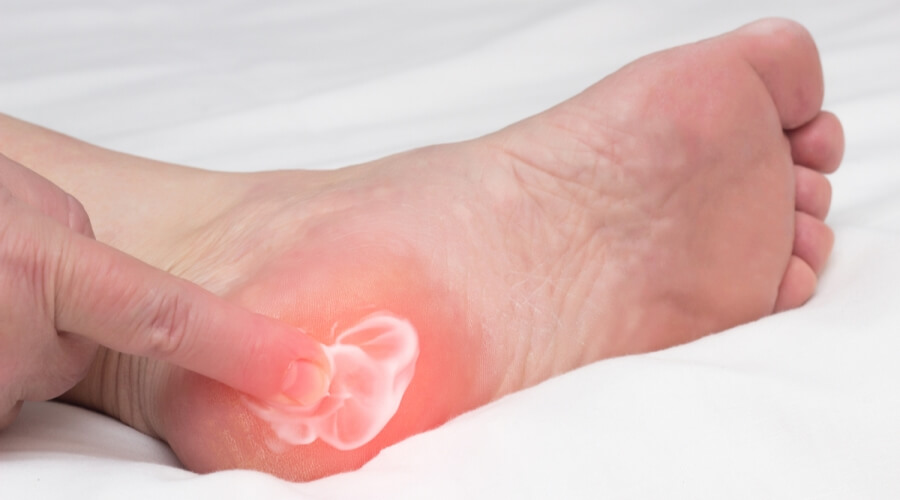
Does Vitamin D Deficiency Cause Heel Spurs?
Vitamin D deficiency is often a leading cause of heel spurs, which is one of the most significant problems that individuals may experience. Vitamin D deficiency can lead to bone softening and weakening over time, contributing to various bone-related problems, including heel spurs.
Therefore, heel spurs are often linked to deficiencies in vitamins within the body. It’s essential to get regular check-ups and ensure that you provide the necessary care for your body to protect yourself from issues like heel spurs.

